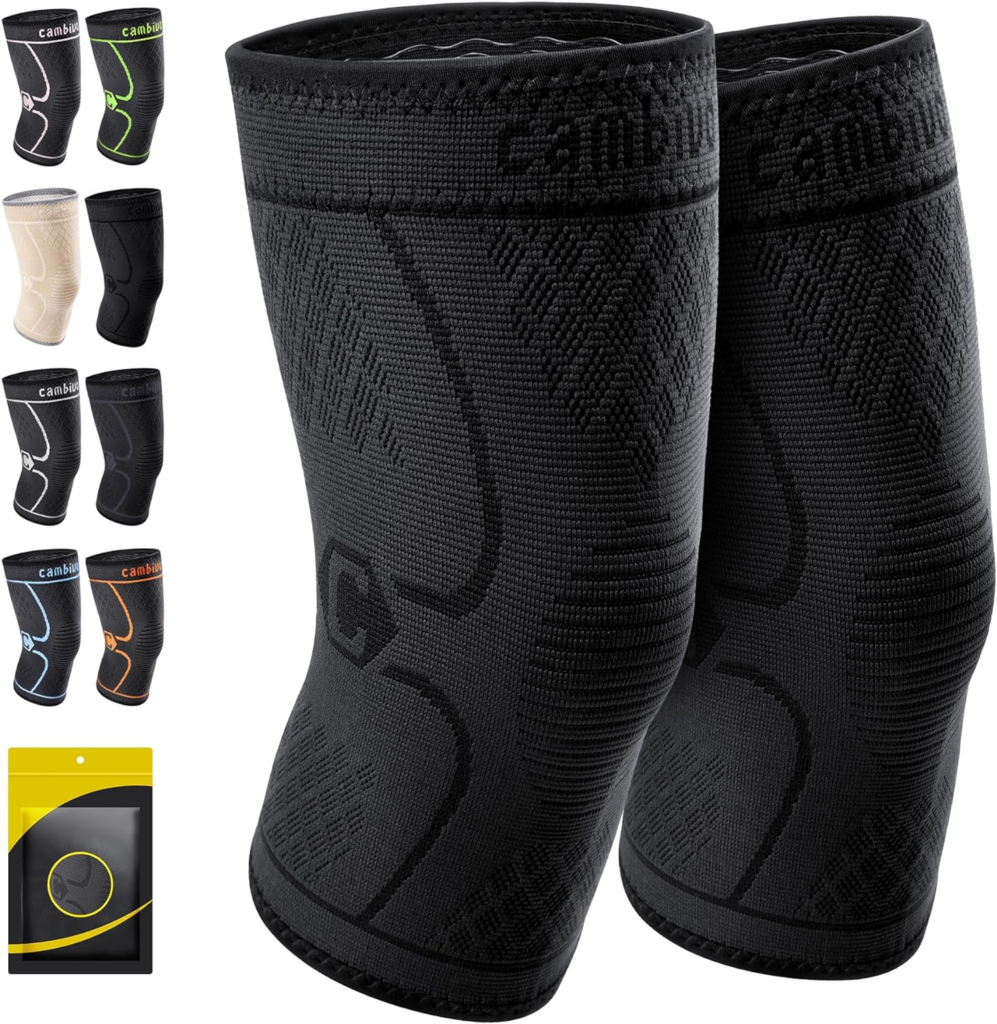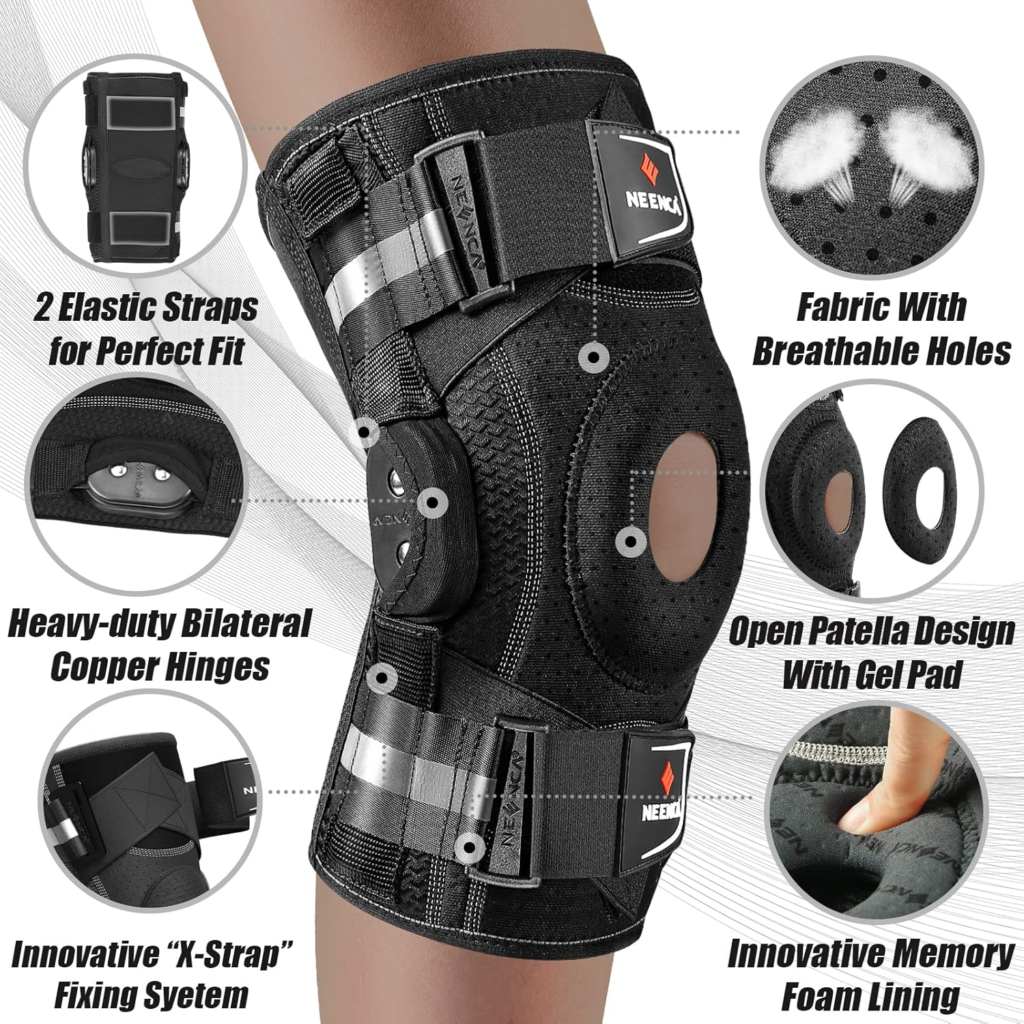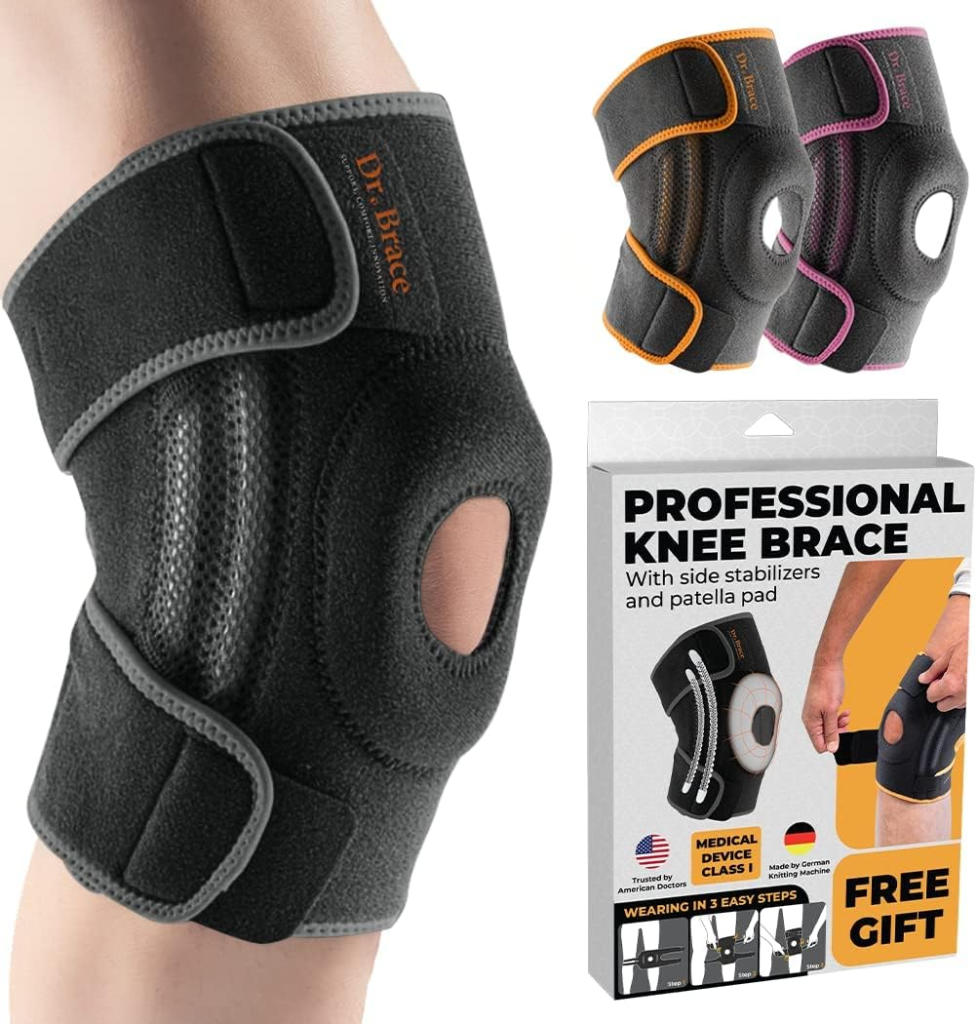Knee pain or discomfort can limit your movement and overall quality of life. Whether recovering from an injury, dealing with arthritis, or just looking for added support during workouts, a knee brace could be exactly what you need. But with so many options, how do you pick the right one? Let’s break it down!
What Is a Knee Brace?
A knee brace is a support tool designed to reduce knee pain, provide stability, and prevent injuries. They come in various forms, each serving a different purpose. Let’s dive into the details!
Why You Might Need a Knee Brace
Are you wondering if a knee brace is right for you? Here are a few reasons why people wear them:
- Injury prevention during sports or workouts
- Pain relief from arthritis or tendonitis
- Post-surgery recovery
- Support for weak or unstable knees
Types of Knee Braces
There are different types of knee braces available, each with a unique purpose.
1. Prophylactic Braces
These are designed to prevent injuries during high-risk activities like football or basketball.
2. Functional Braces
These braces help support injured knees and are often used by people recovering from ligament injuries.
3. Rehabilitative Braces
Commonly used after surgery, these braces help keep the knee stable while it heals.
4. Unloader Braces
Perfect for individuals with arthritis, unloader braces relieve pressure on the knee joint.
How to Choose the Right Knee Brace
Choosing the right knee brace can be tricky, but it doesn’t have to be. Here are a few factors to consider:
1. Level of Support
Are you looking for light support or something more rigid? It depends on your condition.
2. Comfort
You’ll want a brace that fits well and doesn’t cause irritation.
3. Material
Some materials are more breathable than others. Look for moisture-wicking fabrics if you plan to wear your brace for long periods.
Benefits of Wearing a Knee Brace
Still not convinced that a knee brace is for you? Here are some key benefits:
- Injury Prevention: Braces can reduce the risk of injury during sports or physical activities.
- Pain Relief: A good brace can reduce discomfort caused by arthritis or tendonitis.
- Increased Stability: Braces offer added support to weak or injured knees, allowing you to stay active.
How to Properly Fit Your Knee Brace
A poorly fitted knee brace can do more harm than good. Here’s how to ensure your brace fits correctly:
Step 1: Measure Your Knee
Take accurate measurements of your knee to find the right size.
Step 2: Adjust the Straps
Make sure the straps are secure but not too tight.
Step 3: Test It Out
Move around to see how the brace feels. You should feel supported but not restricted.
When Should You Wear a Knee Brace?
Wondering when to wear your knee brace? Here are some common situations where a knee brace can come in handy:
- During Exercise: Whether it’s weightlifting or running, a knee brace can provide the support you need.
- Post-Surgery: If you’re recovering from surgery, a brace can aid in the healing process.
- Everyday Activities: If you suffer from chronic pain, wearing a knee brace during everyday tasks can make a big difference.
Read More: Cross-Cut Memory Foam
Top Knee Brace Recommendations
Now that you know how to choose a knee brace, here are some top-rated options to consider:
1. Hrinkar Hinged Knee Brace
This sturdy brace provides maximum support with its side hinges, making it perfect for post-surgery recovery or serious injuries.
2. Compression Sleeve Brace
For those looking for a lightweight option, a compression sleeve is great for mild support and swelling reduction.
3. Adjustable Strap Brace
If you need something customizable, opt for a brace with adjustable straps. It’s perfect for those whose needs change throughout the day.
Read More: Good Manta Sleep Mask
Common Knee Injuries That Can Benefit from a Brace
1. ACL Tears
An anterior cruciate ligament (ACL) tear is one of the most common knee injuries, especially among athletes. A knee brace can help stabilize the knee during recovery.
2. Meniscus Injuries
A meniscus tear can be painful, but wearing a knee brace can provide the needed support to prevent further damage.
3. Tendonitis
Knee tendonitis is a common issue for runners and cyclists. A knee brace can alleviate pain and help reduce inflammation.
How to Care for Your Knee Brace
Taking care of your knee brace is crucial for its longevity.
1. Clean It Regularly
If you’re wearing your brace during sweaty activities, make sure to clean it to avoid bacteria build-up.
2. Inspect for Wear and Tear
Check the brace’s fabric and straps regularly to ensure it’s still providing proper support.
3. Store It Properly
When not in use, keep your brace in a cool, dry place to maintain its shape and effectiveness.
FAQs About Knee Braces
1. Can I wear a knee brace all day?
Yes, but it’s important to consult a doctor if you’re wearing it for extended periods to avoid muscle dependency.
2. How tight should a knee brace be?
It should be snug, but not too tight. You want it to provide support without cutting off circulation.
3. Can a knee brace weaken my muscles?
Wearing a brace for too long can cause muscles to become dependent on it. It’s important to only wear it when necessary.
4. Can I sleep with a knee brace on?
It’s not usually recommended unless prescribed by a doctor for post-surgical recovery.
5. Do knee braces really work?
Yes! Knee braces are proven to reduce pain, improve stability, and aid in the recovery process.
Conclusion
Knee braces are a simple yet effective way to support your knees, whether you’re dealing with an injury, arthritis, or just want some extra support during physical activities. By selecting the right brace and using it properly, you can reduce pain and improve your mobility. Ready to find the perfect knee brace? Start by checking out the options we’ve recommended!




